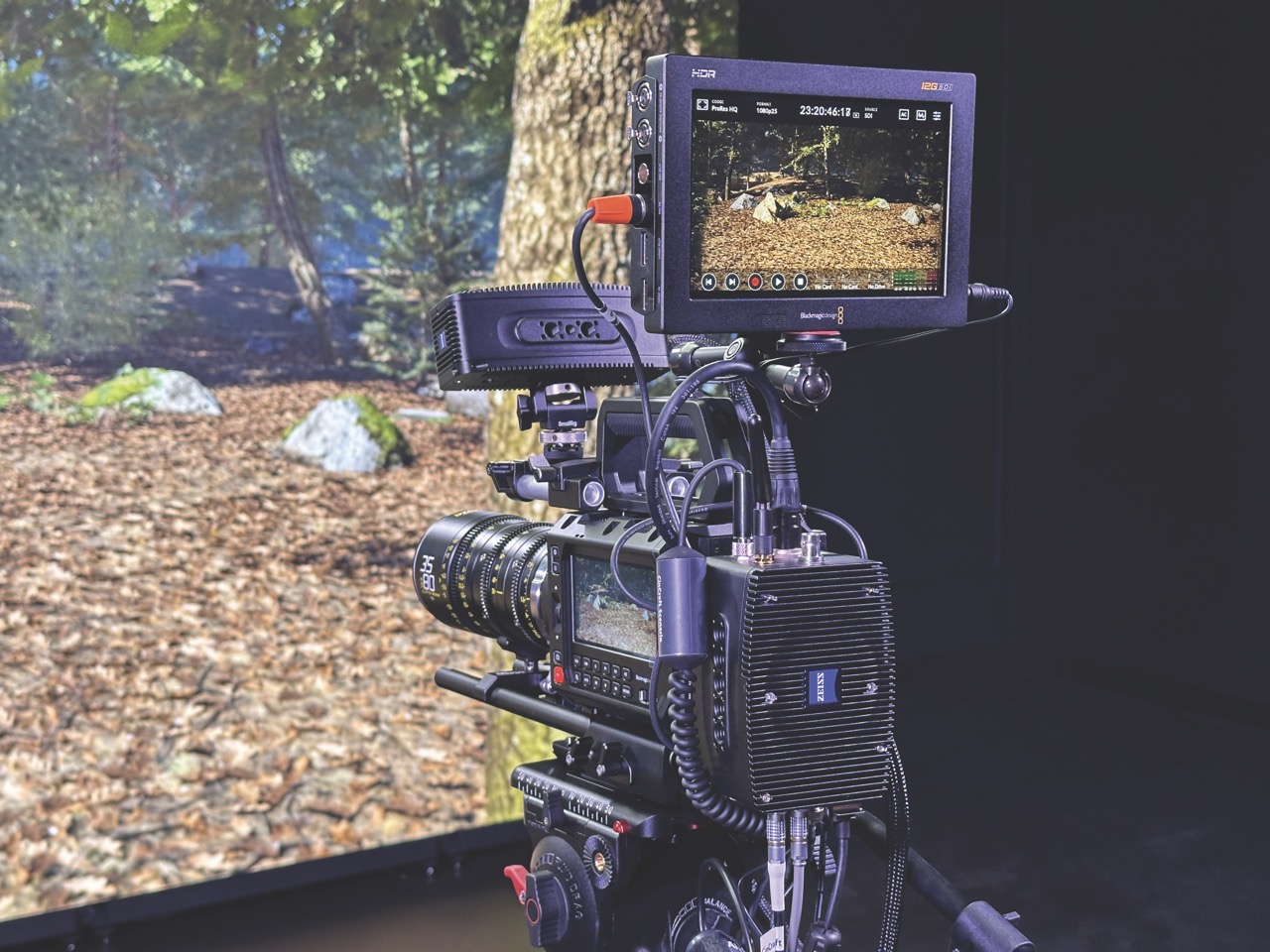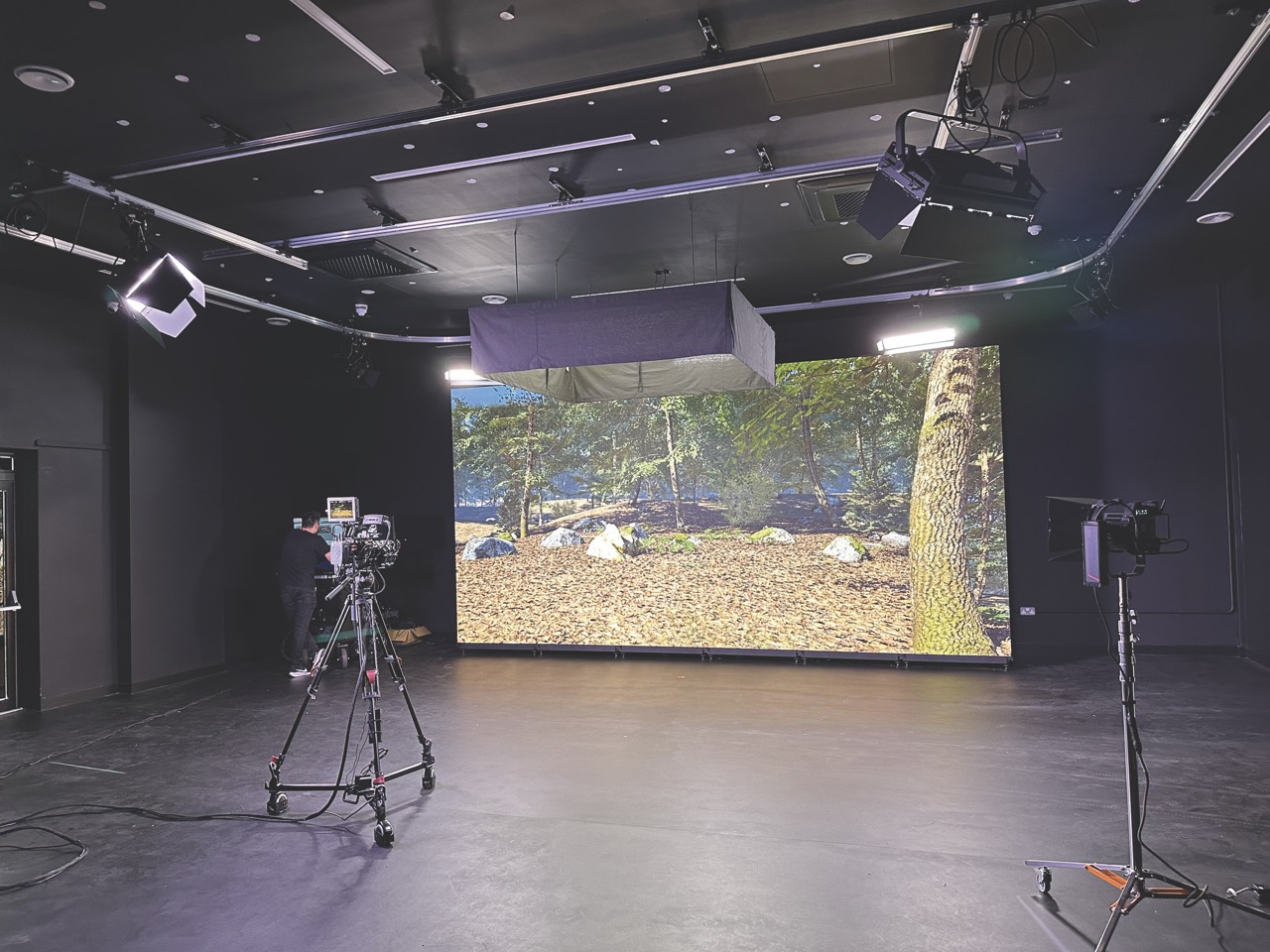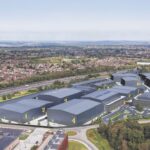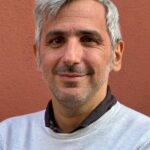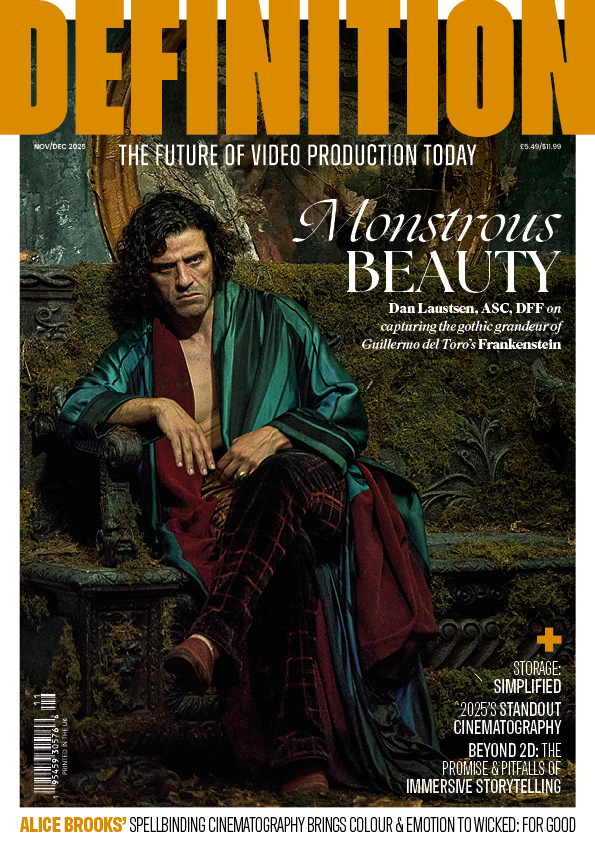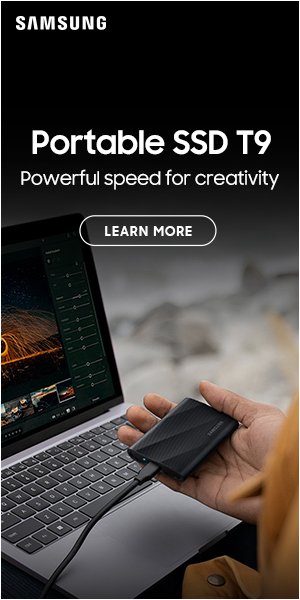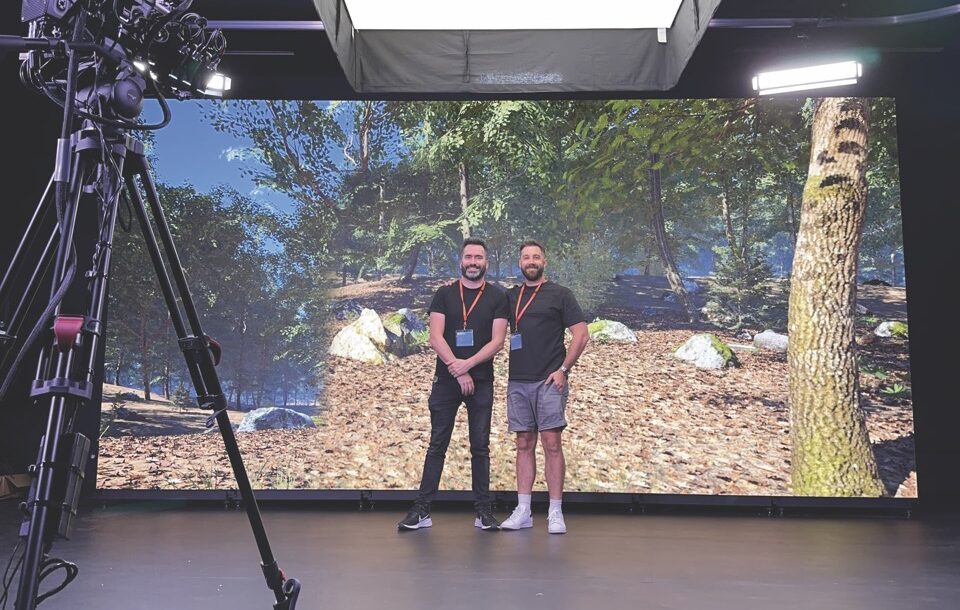
CVP: From square one to virtual studio
Posted on Oct 2, 2025 by Admin
Jason Grey, studio projects manager at CVP, designs virtual production studios from scratch. He explains why Assimilate Live FX Studio is his go-to
Advertisement feature
Virtual production, once a niche filmmaking technique, has become standard practice, seeing more industry adoption by the day. For instance, Studio Ulster in Belfast, Northern Ireland’s largest VP facility, recently opened its doors, notably expanding the area’s filmmaking abilities.
Meanwhile, halfway across the world, the University of Southern California received a $25m donation for a 15,000 sq ft VP centre, designed to train the next generation of filmmakers on using the state-of-the-art technology. With the global film industry firmly embracing VP, suppliers are following suit – but not all solutions are affordable or easy to learn.
Few are democratising VP like Assimilate. With roots in colour grading, the company widened its net to include VP, with its Live FX Studio software solution boasting high colour fidelity and ease of use at an affordable price point. “I learnt it in a day,” admits Jason Grey, studio projects manager at CVP, who now uses the software to power his VP projects.
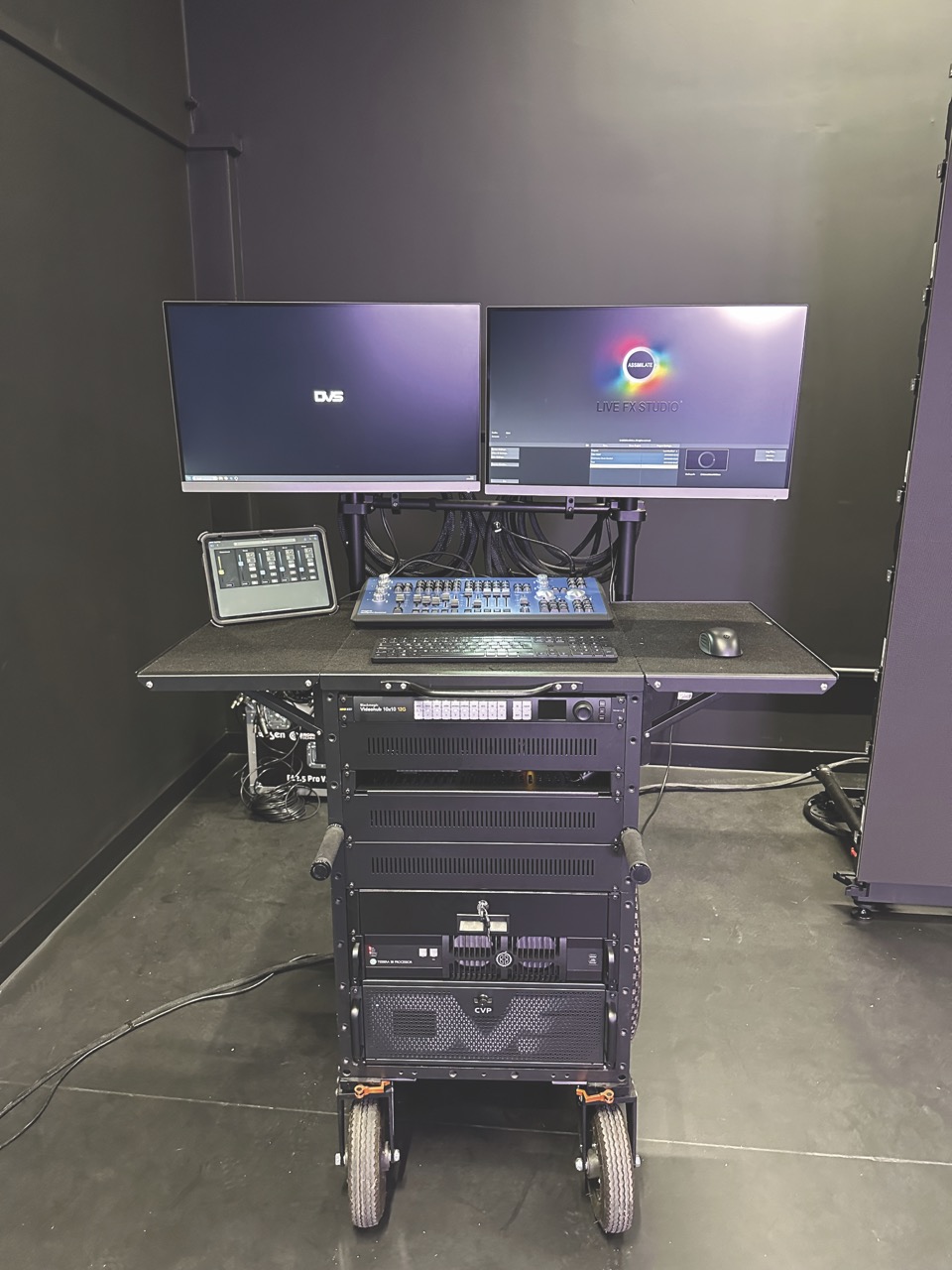
An obvious choice
Grey manages CVP’s projects team, also referred to as its ‘systems integration arm’, he asserts. “I built the team with the help of experienced technical consultant Callum Buckley, and the majority of the work we do is within VP,” he shares, “whether green screen or LED. A big part of what I do is look for brands and software providers to build solutions that are usable by anyone, at different expertise levels, to meet different price points – which is where Assimilate came in.”
Assimilate’s Live FX Studio works across VP applications, from chroma keying to an LED stage to image-based lighting, “giving you that immersive, wraparound feel,” says Grey. “We go for custom-made, image-based LED clouds. They are a lot lighter, a lot cheaper, with much higher colour accuracy. You can run them over traditional DMX desks and programme them through Unreal.”
Grey cites a myriad of reasons for choosing Live FX Studio, including lower licensing costs, a simplified set-up, a fast learning curve and quick turnaround. “It’s flexible and plays nice with everything,” he begins, thus lowering the cost of entry. The Live FX Studio ecosystem doesn’t lock users into specific workflows, and it runs efficiently on standard GPU workstations.
Live FX Studio is “extremely affordable in comparison to the competition,” adds Grey. “There are no recurring licences; you can pay for additional support, but it’s not a pay-to-play service.” According to Grey, Live FX is a cost-effective solution for smaller studios in the corporate, education and broadcast sectors, making VP more accessible without compromising on functionality.
The Assimilate solution also boasts ease of use, with built-in camera and lens tracking support, LUTs, colour correction and keying tools, allowing operators to make ‘real-time creative adjustments’ in a single application, Grey concludes.
Starting from scratch
Live FX Studio, and CVP’s project team more generally, is the go-to for brands “looking to produce content in-house and offset carbon emissions,” describes Grey. “It gives them the ability to create whatever they want on a wall.”
For Grey and his team, no two jobs are alike. “We offer a full service, from consultancy into design and testing,” Grey details. “We can create rudimentary designs all the way up through to Unreal renders and everything in between. It all depends on what the client needs.” He continues: “We’re flexible, and we work with some strong partners, whether they be gaffers, DOPs or on-set specialists.”
With three installs up and running and more in progress, the studio projects team currently have their hands full.
“We’ve done Falmouth University and Chichester College,” states Grey. At Chichester, the CVP team installed a green screen and LED VP studio, complete with camera tracking and image-based lighting capabilities.
When building out a VP studio, Grey starts from capture. “What is the camera? What is the lens? We can work around the grip, the tripod or tracking solution. After, we will run through to audio and video routing, live switching, recording to camera carts,” he details. “If it’s an LED, that conversation could go on for a long time. There are so many different types, and we need to think about what size they need, what resolution. Do they want it to be flat? Curved? Is it hung from the ceiling? The more I do this, the more I see how individual these set-ups are.”
Then the software – Live FX Studio – comes in. “We love it,” says Grey, “and so do our customers.”
Getting acquainted with Assimilate
CVP customers can get familiar with Assimilate Live FX Studio by dropping by the company’s Fitzrovia showroom, or by attending a dedicated Assimilate workshop on 2 October. The all-day event will begin with a welcome from the CVP projects team, followed by “a breakdown of what the software is capable of, in terms of virtual production and image-based lighting,“ according to Grey. After breaking for lunch, attendees can expect a talk from cinematographer Ian Murray, “tying the hands-on session into how it’s actually working in the industry,” he says.
Grey hopes the free-to-attend event will demonstrate how to solve problems using virtual production – and highlight how the CVP projects team can be part of the solution.
Learn more at cvp.com/events
Delivering solutions to fuel your creativity
The CVP projects team delivers end-to-end solutions, from design and specification to seamless installation and training. With a flexible and collaborative approach, it tailors each project to your needs, leveraging an extensive supplier network and industry connections to ensure the best technology fit for you. Its expert project management and reliable equipment supply bring together the right people and technology to create future-proof studio environments.
Talk to the team on 0208 380 7400 or email [email protected] to learn more.

This article appears in the September/October 2025 issue of Definition


